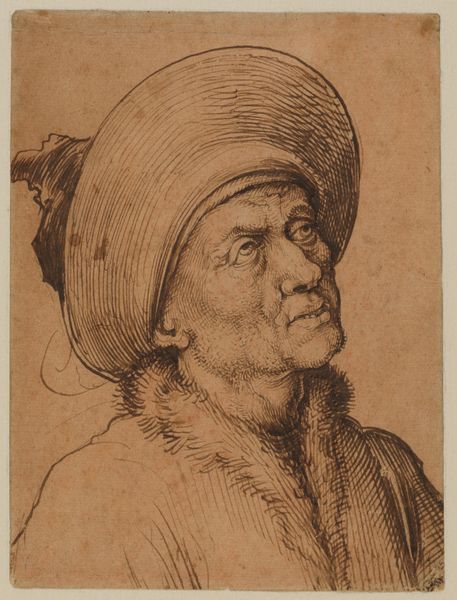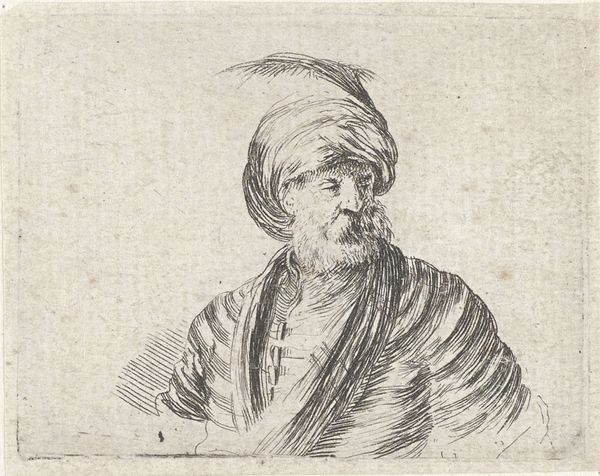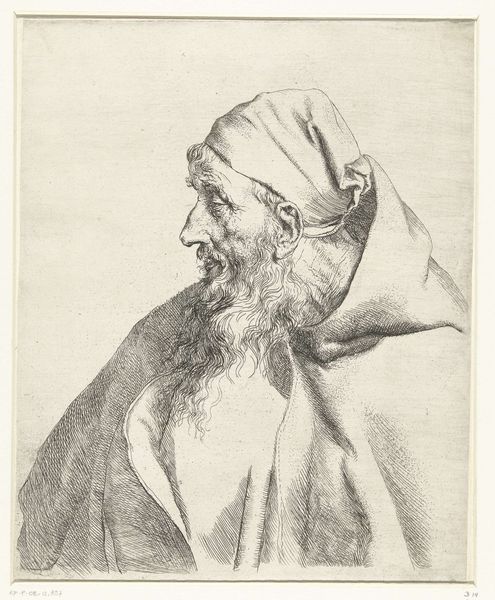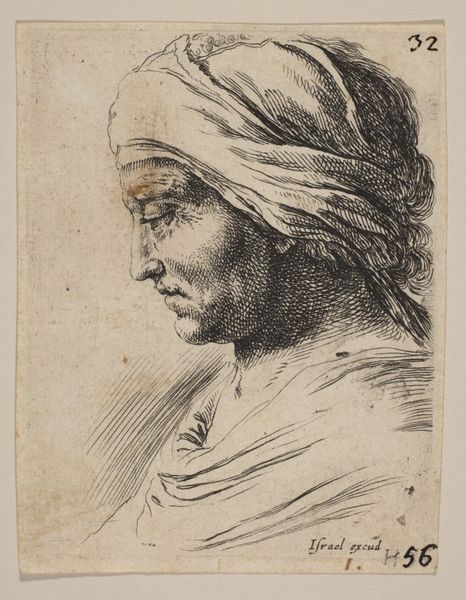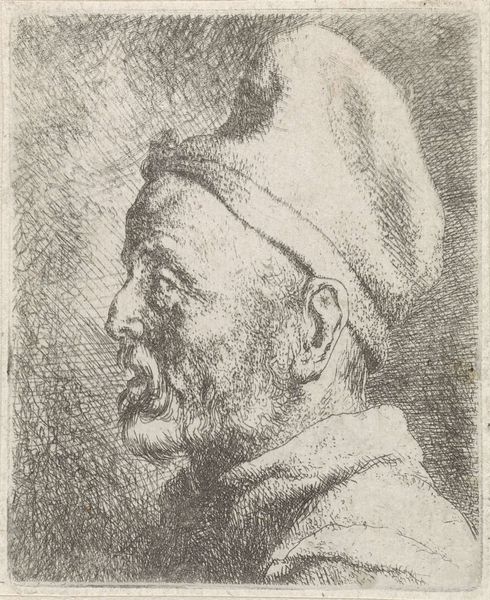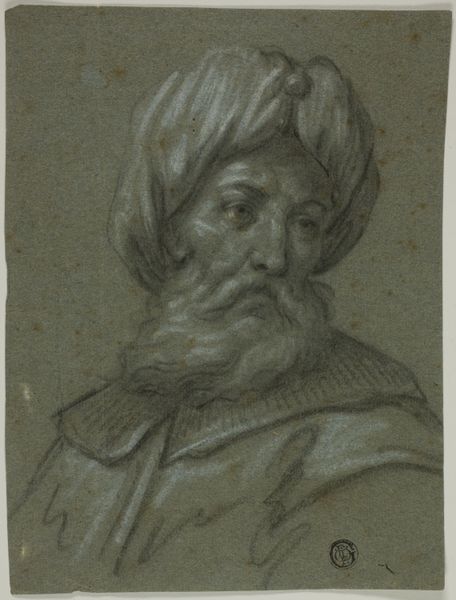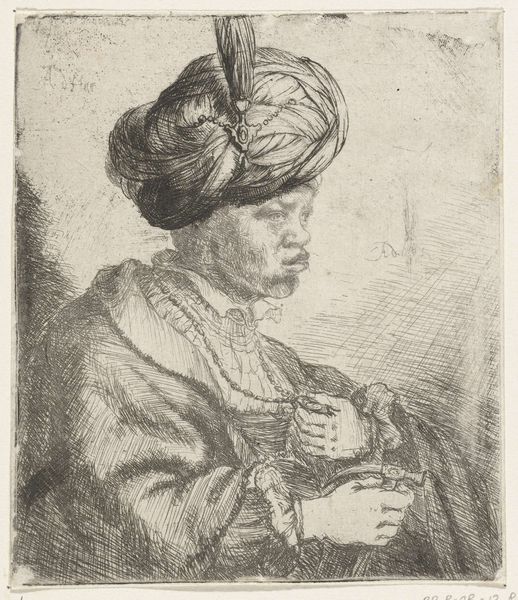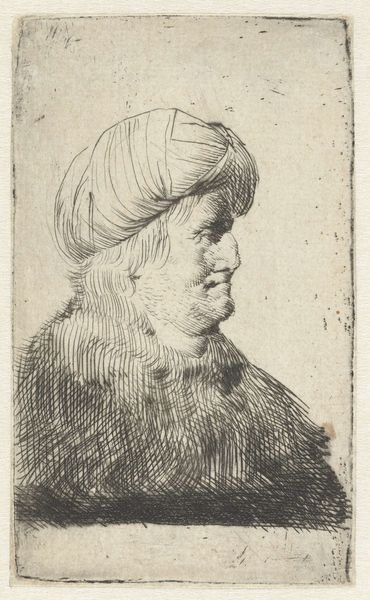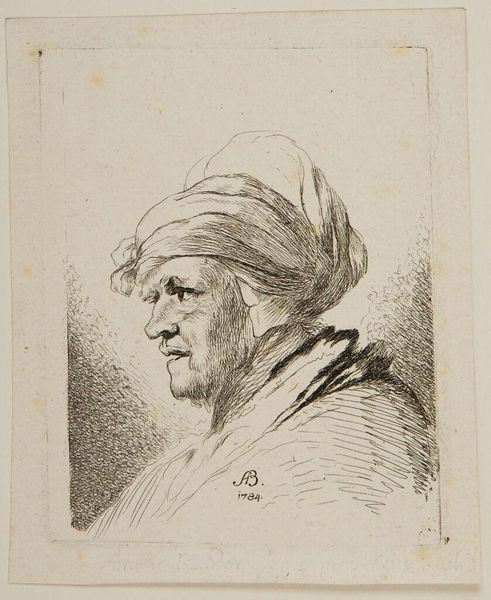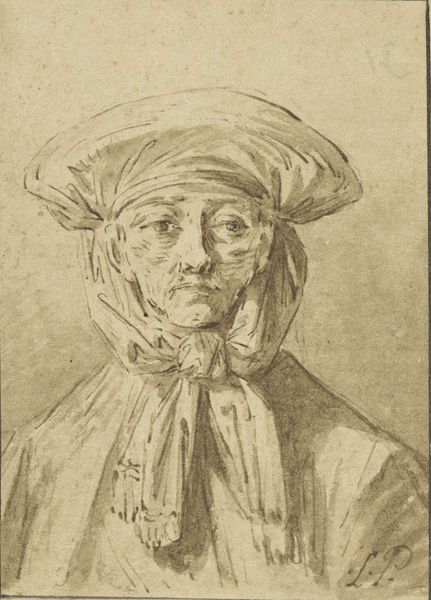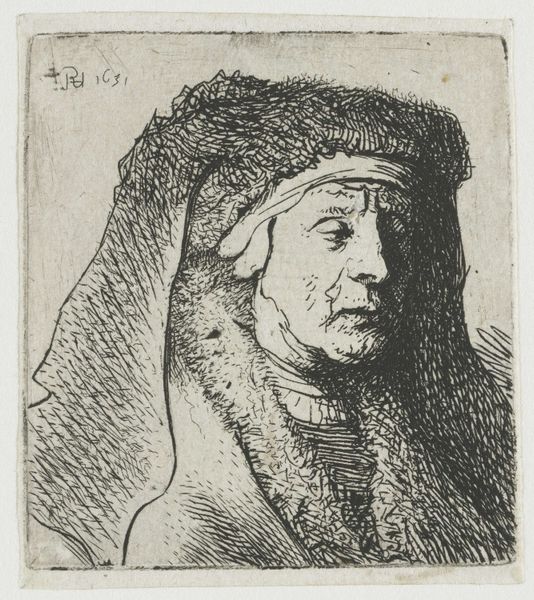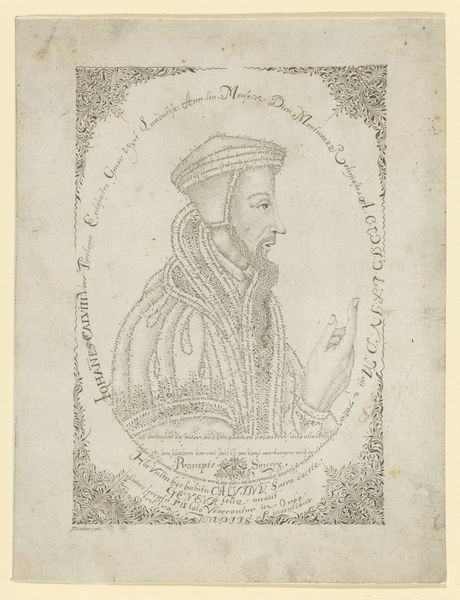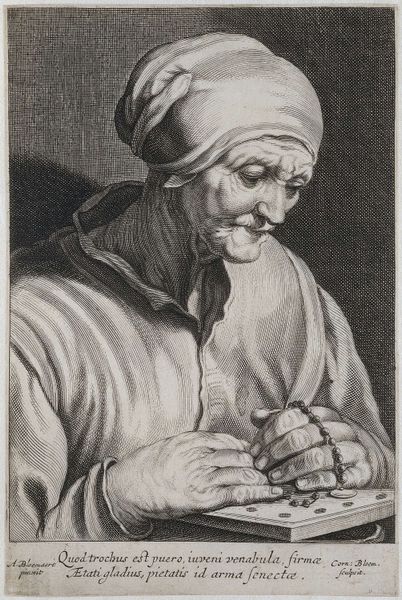
print, engraving
#
portrait
#
pencil drawn
#
baroque
# print
#
old engraving style
#
pencil drawing
#
portrait drawing
#
history-painting
#
engraving
Dimensions: height 82 mm, width 69 mm
Copyright: Rijks Museum: Open Domain
Editor: This print, "Buste van een vrouw met muts," which translates to "Bust of a Woman with a Cap," dates from between 1620 and 1711. It’s by an anonymous artist and resides here at the Rijksmuseum. It's quite striking, capturing a figure in what looks like deep contemplation. How do you interpret this work? Curator: This engraving holds layers of meaning beyond its immediate depiction. Consider the headdress itself: what does this tell us about identity, status, perhaps even cultural affiliation? The gaze averted, directed inward – does it symbolize introspection, melancholy, or perhaps a hidden narrative known only to the sitter? Engravings, during this period, acted as vessels for disseminating ideas and archetypes, effectively serving as the "memes" of their day. Editor: That's fascinating! So, the headdress is a symbol… of what exactly? Status? Curator: Precisely, but it's also a signifier of a time and place, embedded within a specific cultural context. It could indicate regional origin, occupation, marital status, even religious leaning, as visual symbols in that era performed this function prominently. Think about how this image might evoke or contradict prevailing social norms. How do we perceive beauty, power, or piety through the lens of these visual codes? Editor: I hadn’t thought about it that way, about images working almost like historical shorthand. It really makes you wonder about all the subtle visual messages we miss from the past. Curator: Indeed, each line, each shadow, each symbolic element contributes to a broader cultural memory. By engaging with them, we connect with past ideologies. Hopefully you have gained a greater understanding of this work, even though so many aspects are currently anonymous to us.
Comments
No comments
Be the first to comment and join the conversation on the ultimate creative platform.
